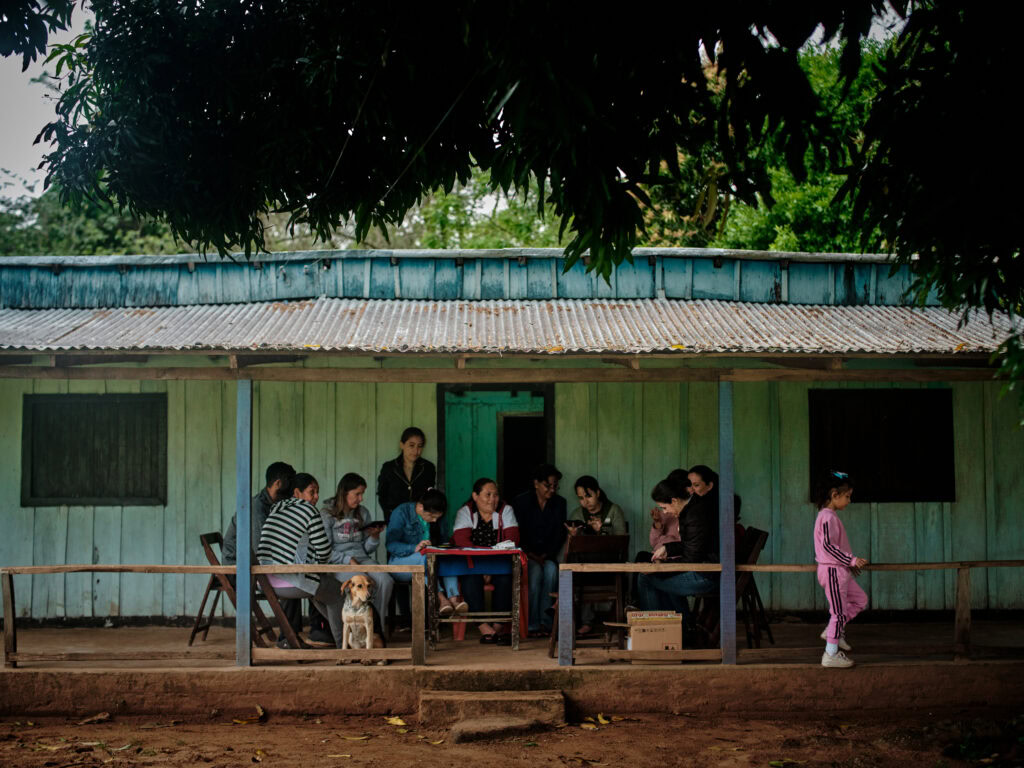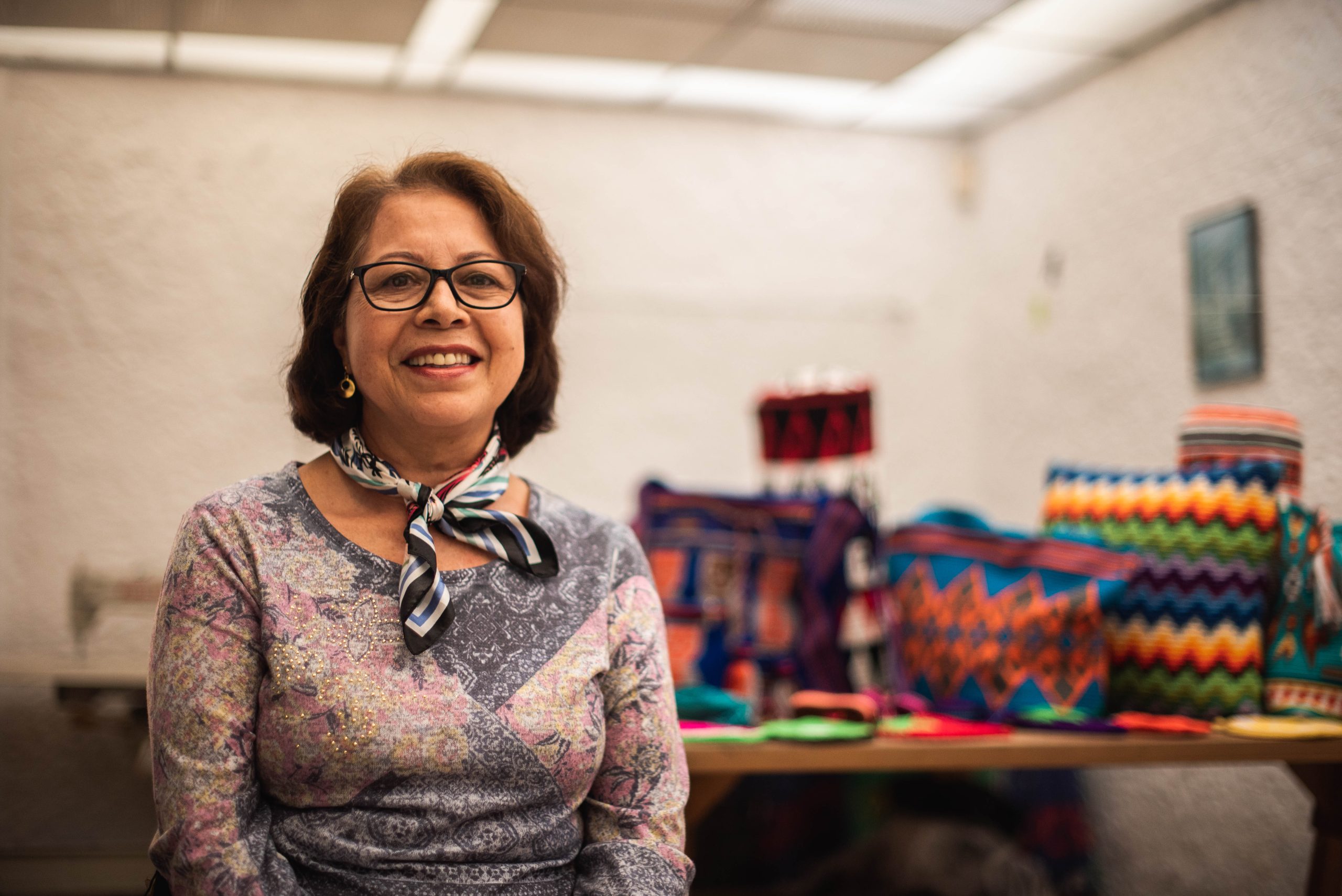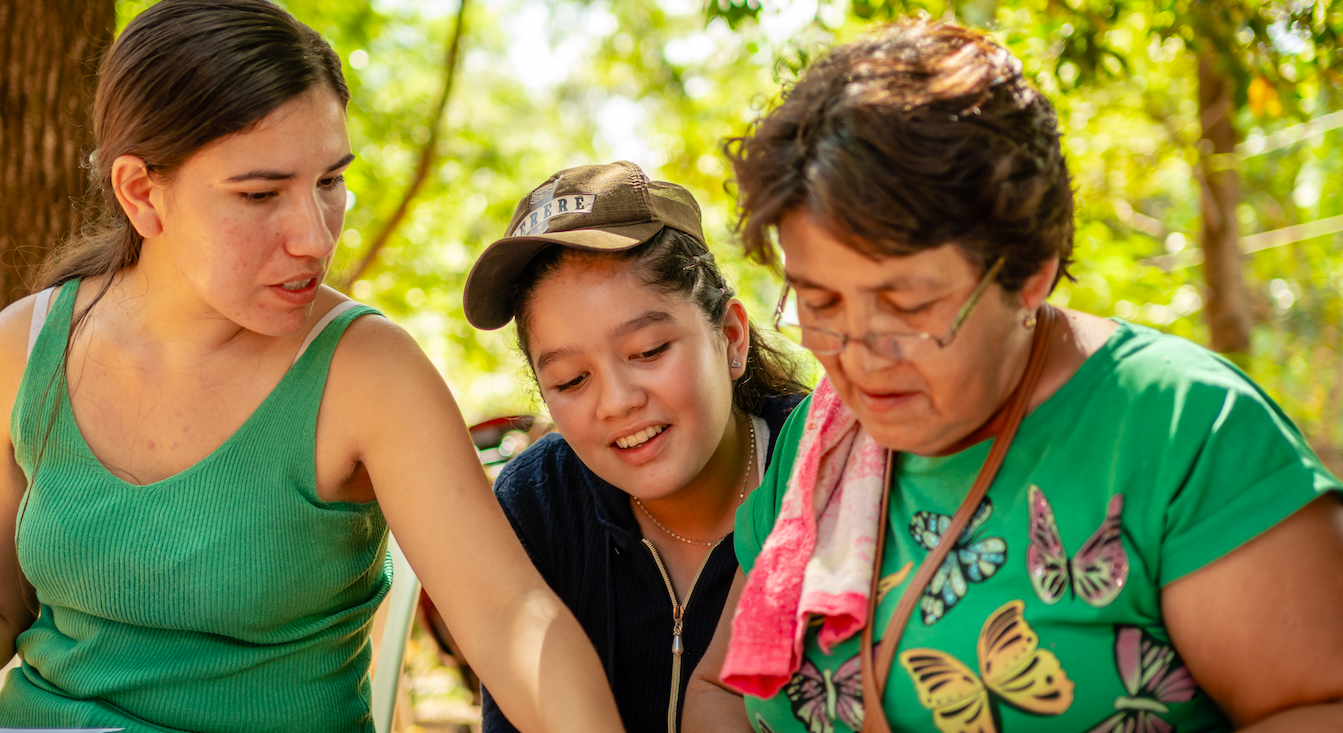Written by: Alejandro Britez, Communications Analyst at Fundación Capital.
Regenerating Biodiversity Starts with Communities
Paola M. is a farmer in Gualmatán, Nariño, Colombia. She grows food to feed her family and also to earn an income. From her biofactory and forest area, she is committed to agroecology. Together with 170 other people, she works to restore two water sources and add a new green lung to her community. She is not alone: her father, mother, and entire family support her in what she calls «bringing the soil back to life; giving it life again.»
In Paraguay, Nidia G., also a farmer, leads the women’s group ¨Ahorrando por el agroturismo¨. They organized to transform their way of producing, and today they farm organically. For Nidia, food security is essential: «We started producing organically to eat healthily, without contamination, and to be sure of what we consume». They dream that the reserve they manage will become a hub for sustainable tourism and a living school, where students and women’s organizations can exchange knowledge about biodiversity and environmental care.
Photo: Nidia (Center) with the women’s group ¨Ahorrando por el agroturismo¨. Mujeres en Movimiento

During COP16, during a visit to her coffee farm, in Salónica, Valle del Cauca, Colombia, María, also a producer, left us with a clear message: «We want to produce organic coffee and cocoa here, on our land, with our people. And we know how to do it».
Biodiversity is the web of life we depend on. It is the result of 4.5 billion years of evolution and, increasingly, of our decisions (UN Environment). As Ricardo Rodríguez, Director of the BioFincas Project, points out: «Many times we think of biodiversity as something distant—remote animals or exotic landscapes—and we forget that people are also part of it. It is precisely that relationship —between people and nature— that can spark a shift in awareness and behavior».
Today, according to the United Nations Environment Programme, one million species are at risk of extinction due to human activity.
So, how do we bring the soil back to life?
Sometimes, it just takes getting closer to communities in Colombia, Paraguay, or Mexico. Listening to Paola, Nidia, and María to understand that those who live in the territory are best placed to care for and regenerate life. From biofactories, organic gardens, and community forests, women and their communities are building more sustainable ways to produce and consume.
But they can’t do it alone. These initiatives need the support of governments, civil society, and international cooperation to access resources, share knowledge, and strengthen production models that respect biodiversity.
It’s also urgent to distribute risk fairly across the entire value chain. In Latin America, agricultural systems remain poorly diversified, and those pushing for change still don’t receive the recognition or support they need. Most regulations and financial mechanisms are not designed to promote accessible and sustainable solutions.
That’s what BioFincas seeks to change—an initiative driven by ten organizations, including Fundación Capital, together with OroVerde, Biodiversity International, CEDAE Centro de Naturaleza, Fundación Defensores de la Naturaleza, Munich Climate Insurance Initiative (UNU-MCII) – United Nations University, Institute for Environment and Human Security (UNU-EHS), Nuup, Pronatura Sur A.C., Südwind, Thünen Institute and UNU-EHS.
Under the slogan “driving agricultural change through political, practical, and financial approaches,” the initiative develops innovative risk-financing solutions for value chains like coffee, cocoa, and banana in Mexico, Guatemala, and the Dominican Republic.
The consortium knows that transforming production and consumption is impossible without commitment from all actors. Change is only possible if producers, buyers, and policymakers take on the same challenge.
Learn more about BioFincas here.
To learn more about our initiatives, follow us, reach out, and share.


